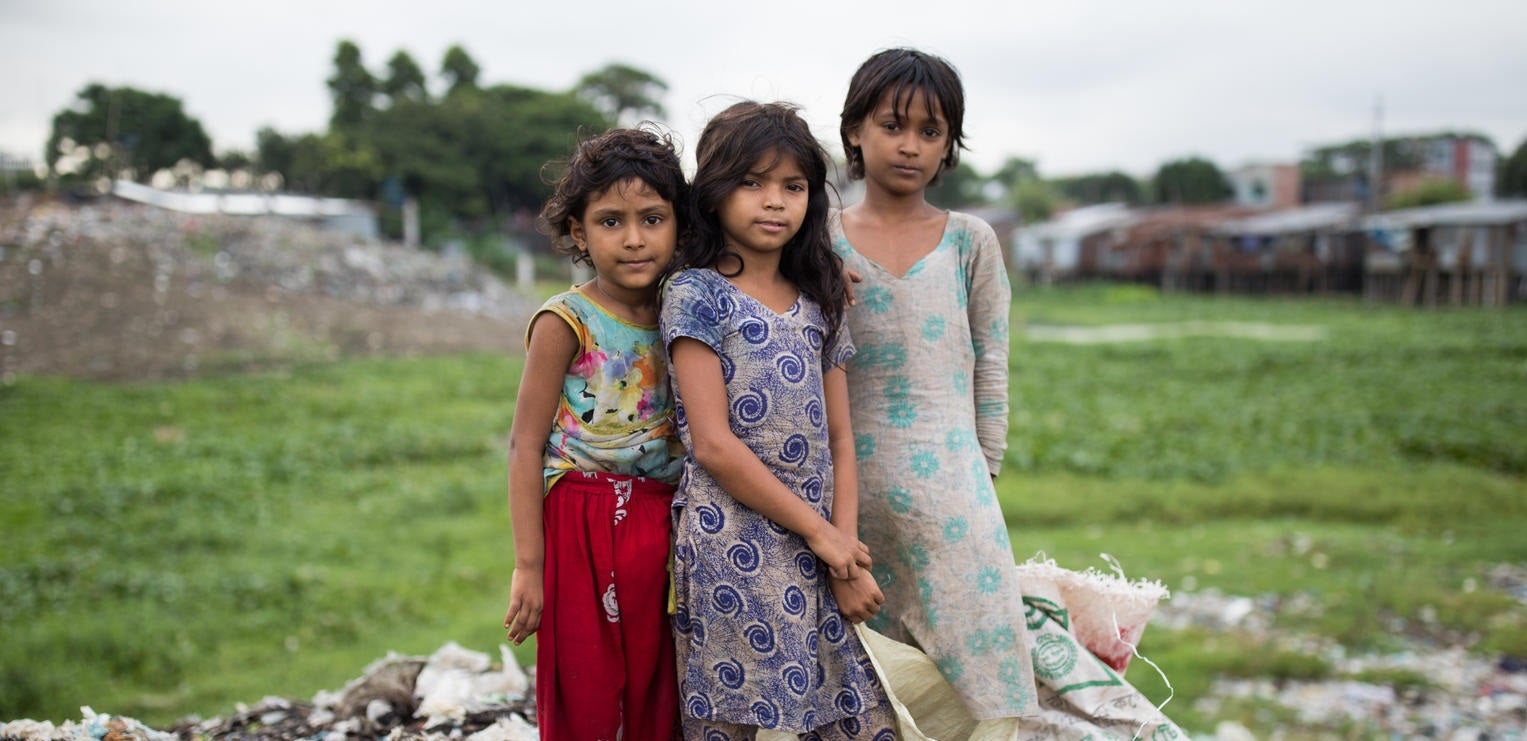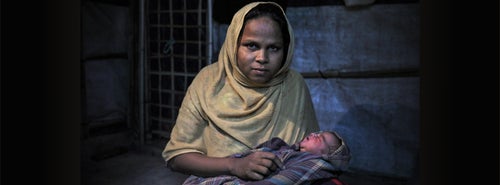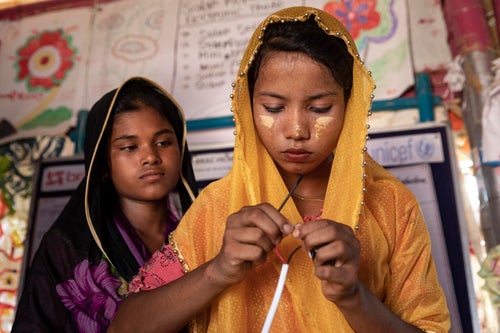Myanmar earthquakes push families to the brink
On 28 March, a powerful 7.7 earthquake struck in the early afternoon, followed by a 6.4 magnitude earthquake just two minutes later. The tremors were so intense they were felt over 1,300 kilometres away in Bangkok, Thailand, causing buildings to collapse and lives lost. The full extent of the disaster's impact on children and families is only beginning to unfold.
According to the latest reports, over 3,600 people have tragically lost their lives, with over 5,000 injured. The situation on the ground is evolving rapidly as rescue teams search for survivors.
The earthquake and aftershocks have caused widespread destruction across Myanmar, impacting the Mandalay, Nay Pyi Taw, Sagaing, Bago, and Shan regions. Homes, schools, hospitals, and essential infrastructure have been severely damaged, leaving entire communities cut off due to landslides and collapsed roads. Many are now without electricity or mobile connectivity, compounding the challenges they face.
Our teams are on the ground, delivering lifesaving supplies, including clean water, health kits, medical supplies, tents, and hygiene kits such as soap, sanitary pads, and disinfectants, for children and families in desperate need.
Myanmar’s children are bearing the heaviest burden of conflict and instability.
Where history and beauty collide, Myanmar in Southeast Asia boasts stunning countryside that gives way to historic temples and bustling cities. Once known as Burma, Myanmar’s history is long, complex and marred by enduring conflict and unrest.
Today, families in Myanmar are struggling to meet their basic needs. For generations, the country has been grappling with political and economic instability, while ongoing climate shocks - cyclones, flooding and landslides - are exacerbating compounding issues. Families are being forced to make impossible decisions, and children are paying the heaviest price.
Located in Southeast Asia, Myanmar borders China, Thailand, India, Laos and Bangladesh
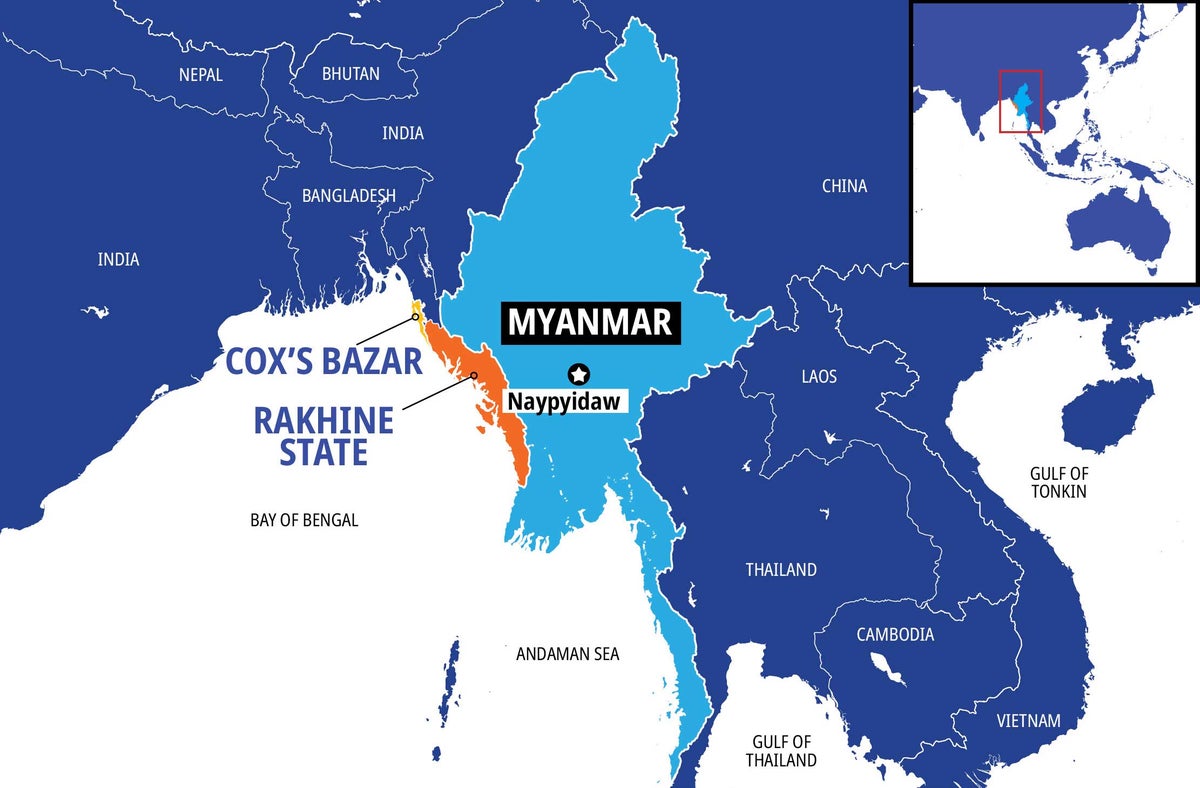
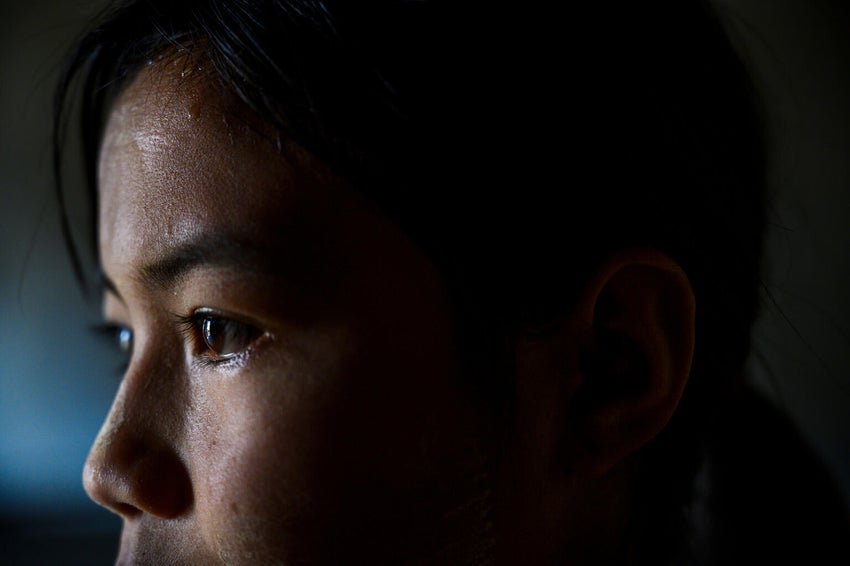
Latest media statement
Urgent need to protect children amid escalating conflict in Myanmar
The humanitarian crisis in Myanmar is reaching a critical inflexion point, with escalating conflict and climate shocks putting children and families at unprecedented risk. Over 3.4 million people have been displaced across the country, nearly 40 per cent of whom are children.
Myanmar’s many challenges
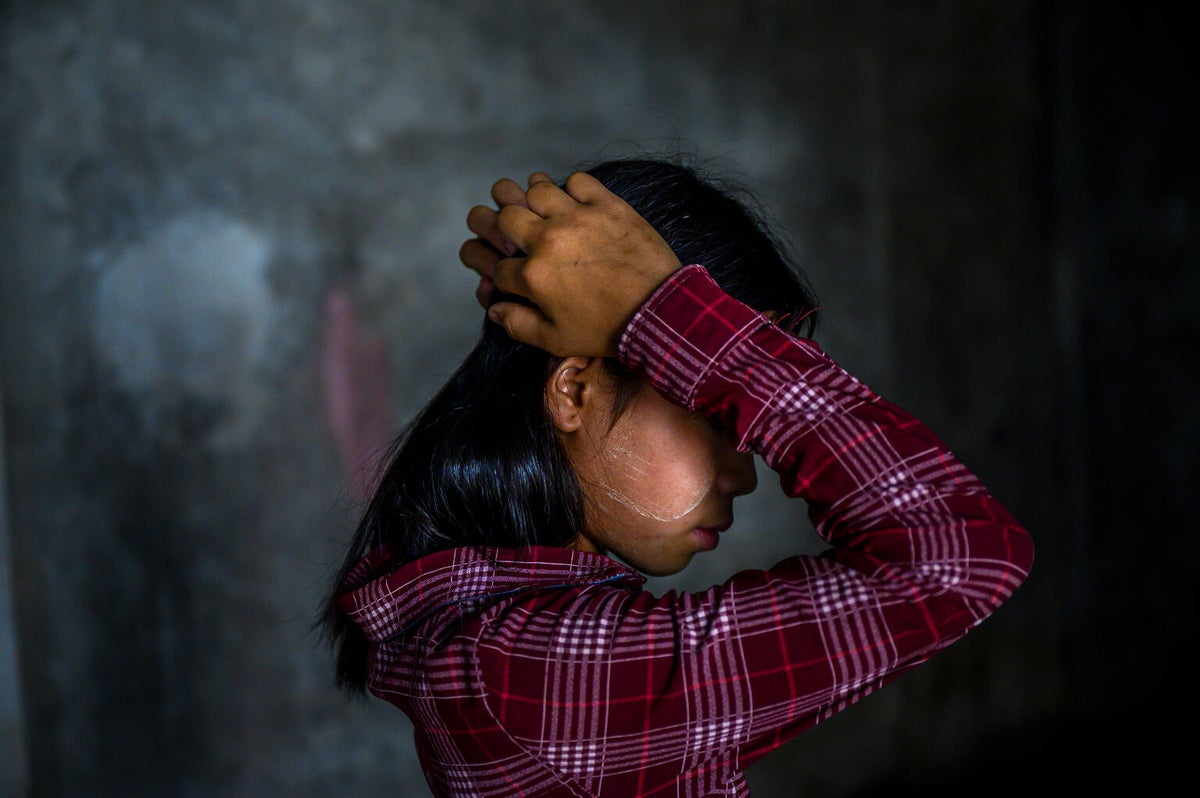
Since the military takeover in February 2021, the situation for children and their families has become dire. Ongoing violence, arbitrary arrests and detention, rising inflation and displacement are impacting day-to-day life. Children are being recruited into armed conflict, forced into early marriage and are at heightened risks of abuse and deprivation. Tragically, in 2024 alone, at least 600 children have been killed or injured.
Malnutrition is on the rise, children are missing out on lifesaving vaccinations, and they are being deprived of an education as schools and health facilities are being targeted by armed groups.
3.3 m
people are internally displaced, nearly 40 per cent of them are children.
55%
of children in Myanmar are living in poverty.
6 m
children are in need of humanitarian assistance.
4.5 m
people need education support in 2024.
The cost of climate-related disasters on children
Myanmar is highly vulnerable to climate shocks, such as flooding, landslides and cyclones. In 2023, UNICEF released a report, ‘Over the Tipping Point’, which states that 90 per cent of children in Myanmar face three or more overlapping climate and environment shocks, hazards or stresses.
Many families have been forced to pull their children out of school to help with agricultural work or because they cannot afford the cost of education due to the economic impact of climate change on their livelihoods.
In 2024, over 1 million people have been affected by ongoing flooding and landslides, which caused significant damage to homes, schools, health facilities, and critical infrastructure.
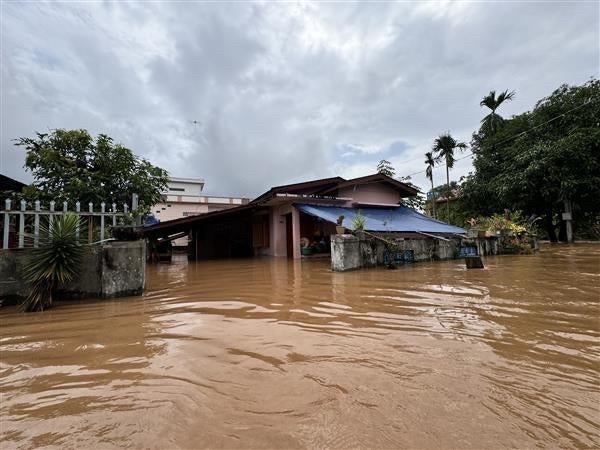

The Rohingya
The Rohingya are a predominantly Muslim group from Myanmar, many of whom lived in Myanmar’s Rakhine State. In August 2017, a deadly crackdown by Myanmar’s army on the Rohingya sent hundreds of thousands fleeing across the border into Bangladesh, while others who remained in Rakhine State were forced into camps.
Seven years on, around a million Rohingya, half of them children, live in exile in what’s now the world’s largest refugee camp, Cox’s Bazar in southern Bangladesh, where they rely entirely on humanitarian assistance for protection, food, water and shelter.
How we’re protecting the rights of children in Myanmar
Since 1950, UNICEF has been working In Myanmar, continually adapting our work to respond to the deepening needs of children and their families. We work alongside local partners to provide lifesaving nutrition and health care, clean water, education, child protection, landmine education, and mental health and psychosocial support. When emergency strikes, we deliver for every child, no matter who they are, where they live or what they believe.
4.6 m
over 4.6 million people accessed mental health and psychosocial support.
214,700
over 214,700 women and children accessed health care at a UNICEF-supported health facility.
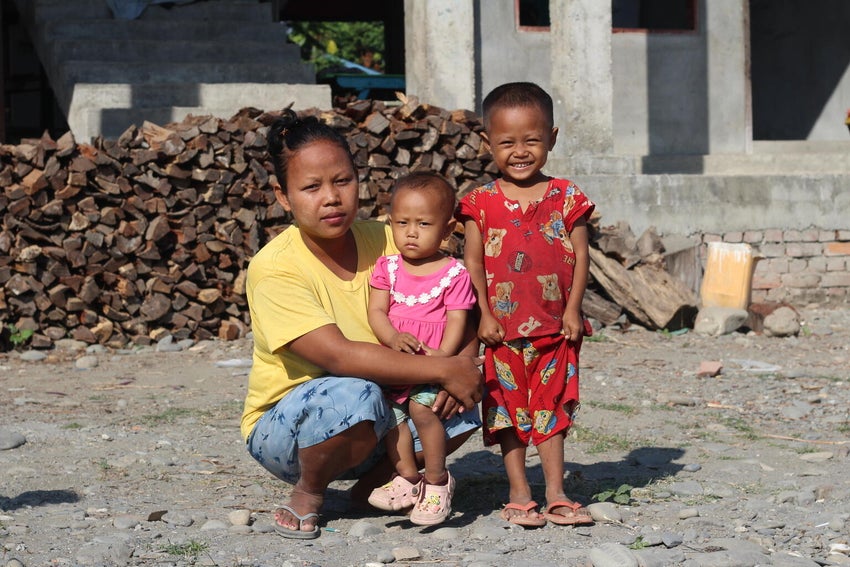
Donate to children in emergencies
Millions of children around the world face devastating losses and uncertain futures caused by natural disasters, public health crises and ongoing wars and conflicts. We can’t stop emergencies from happening, but we can ensure that more children survive.


